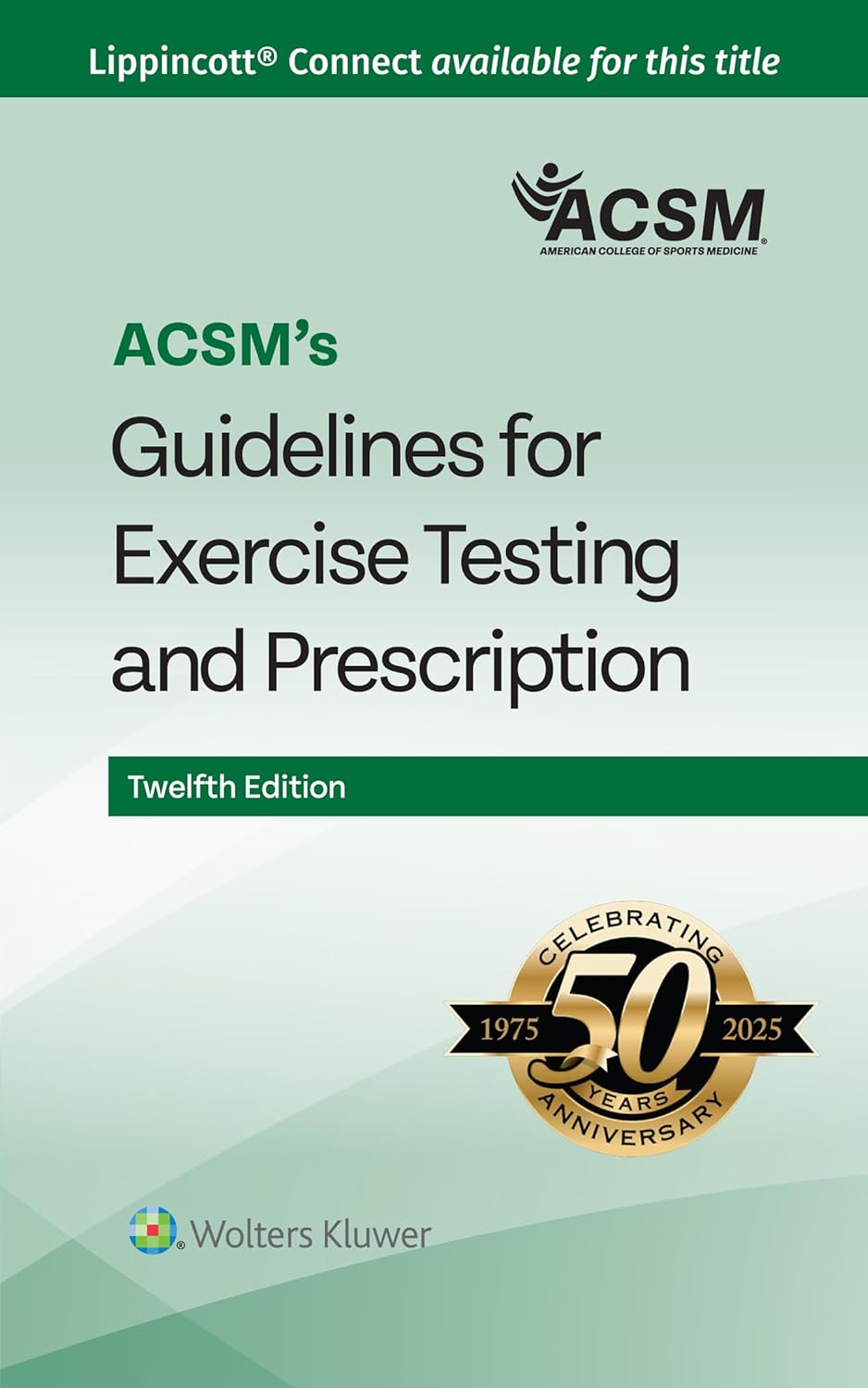AHS faculty shape national standards in exercise
Body

Faculty members from the Department of Physical Therapy and the Department of Kinesiology and Nutrition have contributed to the newly released 12th edition of the ACSM Guidelines for Exercise Testing and Prescription.
Published by the American College of Sports Medicine, the text is regarded as the definitive reference for health professionals prescribing exercise to healthy individuals and those with chronic disease. The guidelines play a central role in shaping health science curricula and guiding best practices in clinical and fitness settings around the world.
Cemal Ozemek, a clinical exercise physiologist and clinical associate professor in the PT department, served as senior editor on the new edition, bringing expertise in cardiopulmonary rehabilitation, exercise testing and chronic disease management. His leadership helped guide the integration of new evidence in the 12th edition, including updates to the resistance training and behavioral counseling sections and the addition of new sections: on sex differences, transgender and gender-diverse individuals; chronic fatigue syndrome; postural orthostatic syndrome; spontaneous coronary artery dissection; fatty liver disease and pediatric cardiac rehabilitation.
Contributors from AHS include clinical assistant professor in PT Joel Hardwick ʼ23 DCEP, KN professor Robert Motl and PT clinical assistant professor Rich Severin ʼ22 PhD RS. Along with Ozemek, their contributions to the guidelines help exercise and health professionals stay informed and current as they see individuals seeking healthier, more active lives.
Hardwick, who served as both a content reviewer and contributing author, created online teaching resources and an appendix on common medications encountered by exercise professionals.
Motlʼs research and contributions to the guidelines focus on physical activity interventions in people with neurological diseases, particularly multiple sclerosis.
Severin, who studies cardiopulmonary diseases, wrote the newly added section on respiratory muscle testing and training.
In an interview for the March/April issue of ACSMʼs Health & Fitness Journal, Ozemek discussed how he hopes health professionals integrate the updated information.
“I really hope they can take a moment to appreciate the advancements that have been made in our field since the last edition,” Ozemek said. “I think many of us lose sight of the impactful scientific contributions investigators and practitioners make in expanding our knowledge base. Paying attention to those details and applying them in practice ultimately benefits the individuals we serve.”